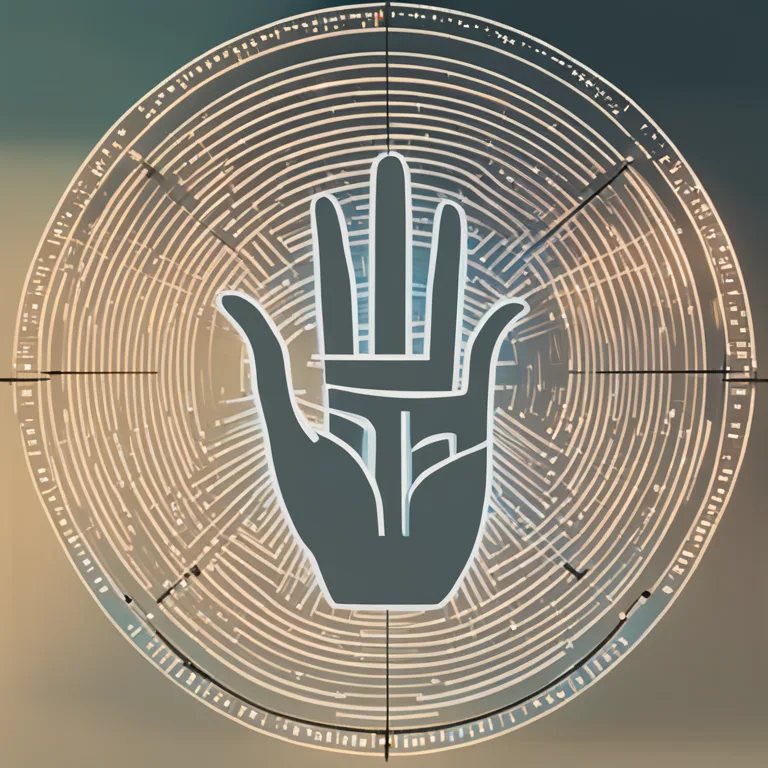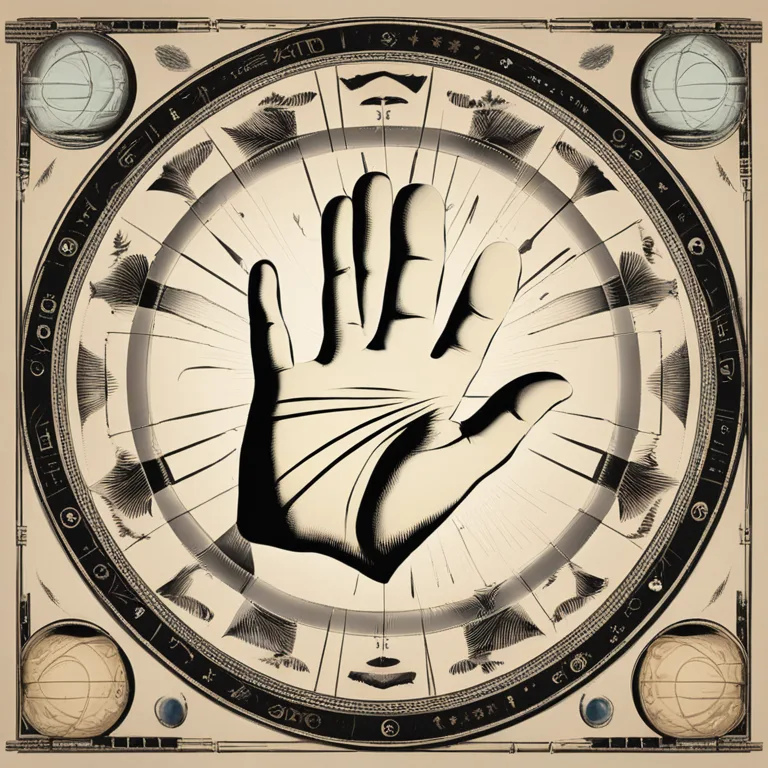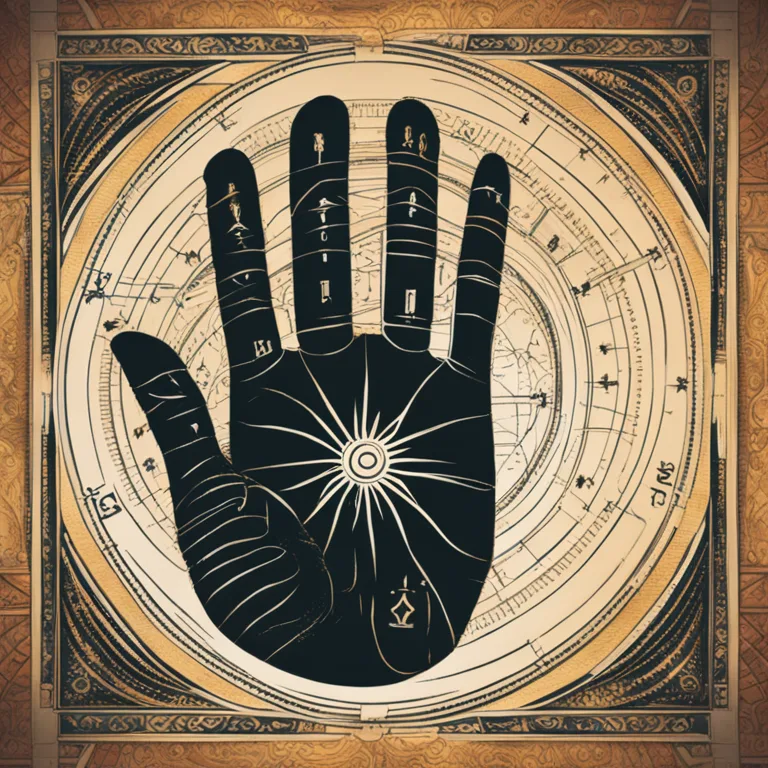
Palmistry Guide: Reading the Male Hand
Discover which hand to analyze in palm reading for men and learn the insights it offers into character and destiny.
article by Nora Pennington
Introduction to Palmistry for Men
In the ancient art of palmistry, professionals and enthusiasts alike debate which hand holds the key to unlocking a person's future, personality traits, and life choices. This question is even more specific when it comes to reading the palms of men. Traditional practices have long held that gender plays a role in determining which hand should be the focus of a palm reading. Whether you are a curious novice or an experienced palm reader, understanding the proper hand to read for a man is crucial in the practice of palmistry.

Major Views on Selecting the Hand
Palmists generally follow two prominent schools of thought. The first believes that for both men and women, the left hand represents potential traits and qualities, while the right hand shows the actual path one’s life has taken, including achievements and experiences. This approach, often linked to Western palmistry traditions, suggests that regardless of gender, the dominant hand reflects the external world, whereas the non-dominant hand reveals inner characteristics.

The Gender-Specific Approach
The second, more traditional view discriminates between genders. In this perspective, often found in Eastern palmistry, the right hand of a man is considered the primary hand for reading. It is thought that the male right hand is an emblem of the conscious mind and outward behavior, while the left is associated with subconscious thoughts and latent potential. Such distinctions stem from historical beliefs that associate actions and societally-influenced behavior with men’s dominant hands.

Contemporary Practices in Palm Reading
In current palmistry practice, especially since the year 2024, there is a growing emphasis on individuality and choice. The hand selected for reading may depend on the man’s dominant hand or on specific questions the client is seeking to address. For instance, if a man wishes to better understand his inherent capabilities, a palmist may read his non-dominant hand. Conversely, to examine life changes and actionable experiences, the palmist might focus on the dominant one. This modern, flexible approach honors personal lived experiences over rigid traditional rules.

Cultural and Personal Considerations
Cultural variations continue to impact palmistic practices. While globalization and interconnectedness have led to a sharing of ideologies, local customs and inherited cultural approaches to palmistry can influence which hand is read for a man. Moreover, it is important for palm readers to respect their clients' personal preferences or beliefs—some individuals may have strong inclinations toward one hand due to personal or family traditions.
Interpreting the Lines and Markings
Regardless of the hand chosen for analysis, the lines and markings on a man’s palm are interpreted with similar significance. The heart line, head line, life line, and fate line all tell a story that can be applied to understand personality and predict future trends. Their clarity, depth, and intersection offer valuable insights, and a skilled reader will synthesize the information from both hands for a comprehensive reading.
Conclusion
In conclusion, the reading of palms for men in modern palmistry is less about strict guidelines and more about adaptability and the context of the reading. From traditional gender-specific methods to the more flexible contemporary approaches, the key is to engage with palmistry as a dynamic interpretative tool. Whether using the left or right hand, the practice remains a profound way for men to explore their lives and destinies.
Published: 1/3/2024
Modified: 1/3/2024
More predictions
Come back here soon to learn more about yourself and your future


The Lines of Learning: Palmistry's Education Marker
Discover the significance of the Education Line in palmistry and learn how it reflects one's intellectual pursuits and learning style.


The Mystery of Lineless Palms
Explore the rare phenomenon of palms without lines and what it might signify in palmistry traditions.


The Language of Palmistry Fingers: A Comprehensive Guide
Delve into the significance of fingers in palmistry and what they reveal about our personalities and futures